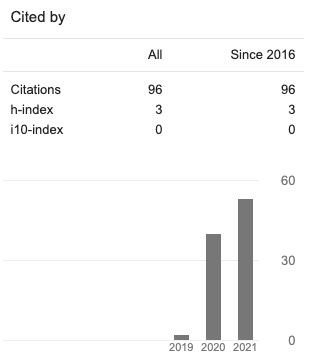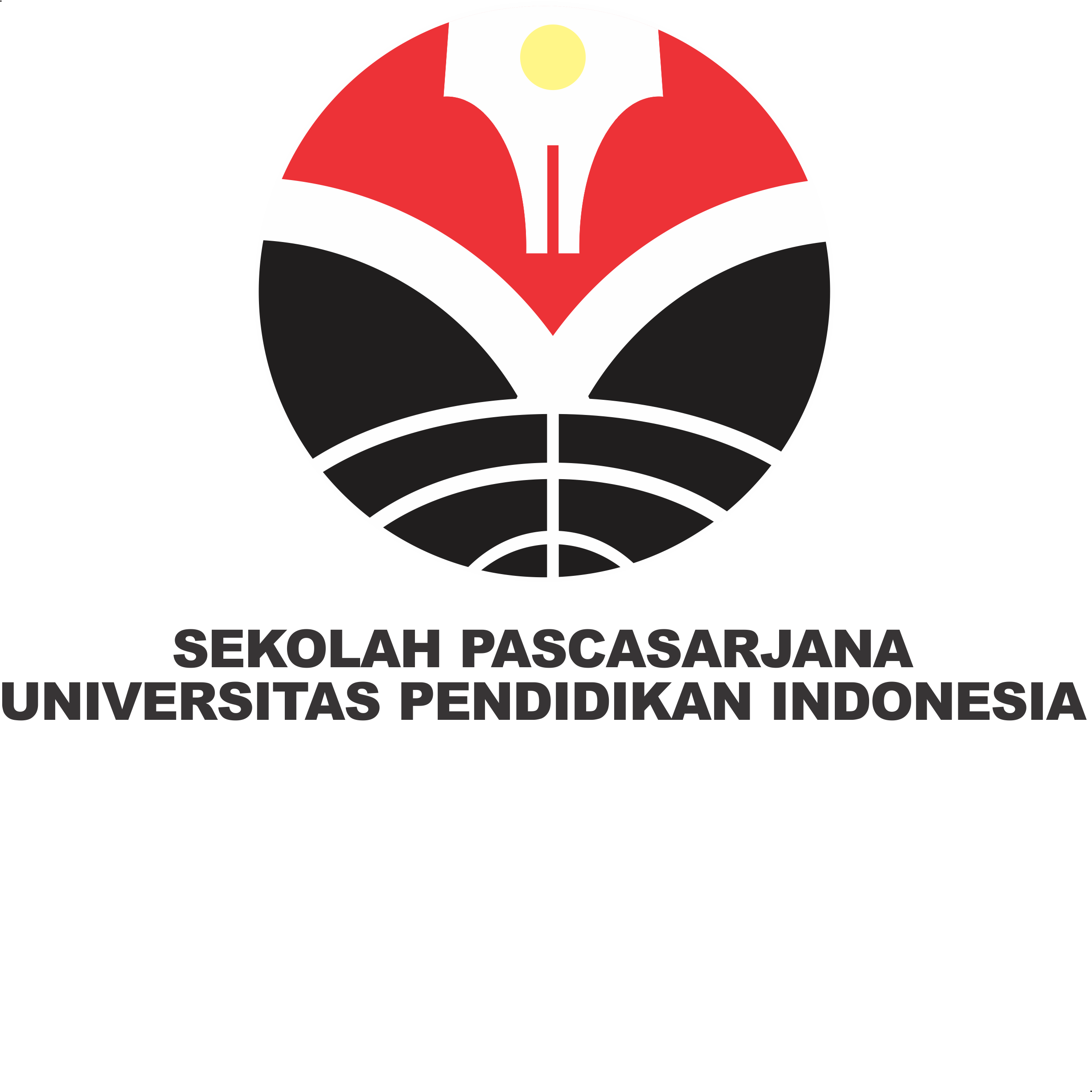Multiple Intelligence Potential and Influencing Factors for Elementary School Students Analysis
Abstrak
The problem in this research is the absence of efforts made by teachers to explore and stimulate the intelligence potential of elementary school-age children. This research aims to find and analyze Elementary School students’ multiple intelligence and its influencing factors. The research method used is descriptive analysis. The profiles of student’s multiple intelligence potential and its influencing factors are taken by observing, interviewing, and studying documentaries. The subjects of the research are six students from grade two in Sukarasa 3 & 4 elementary school, Bandung. The result of the research shows that elementary school students’ multiple intelligence in all intelligence dimensions are on a good development rate despite not prevalent to all of the students. This can be seen from the appearance of indicators in each intelligence dimension. Dominantly developed intelligence is verbal-linguistic, logical-mathematical, and kinesthetic intelligence. The next most dominantly developed are intrapersonal, musical, and interpersonal intelligence. Visualspatial and naturalist intelligence still needs more stimulation or development efforts. Factors that can influence the student’s multiple intelligence potential are stimulation and environment. Teachers’ help and teaching media and methods can be used for this purpose. Moreover, the interview is found that parents' intervention can stimulate children’s multiple intelligence potentials















